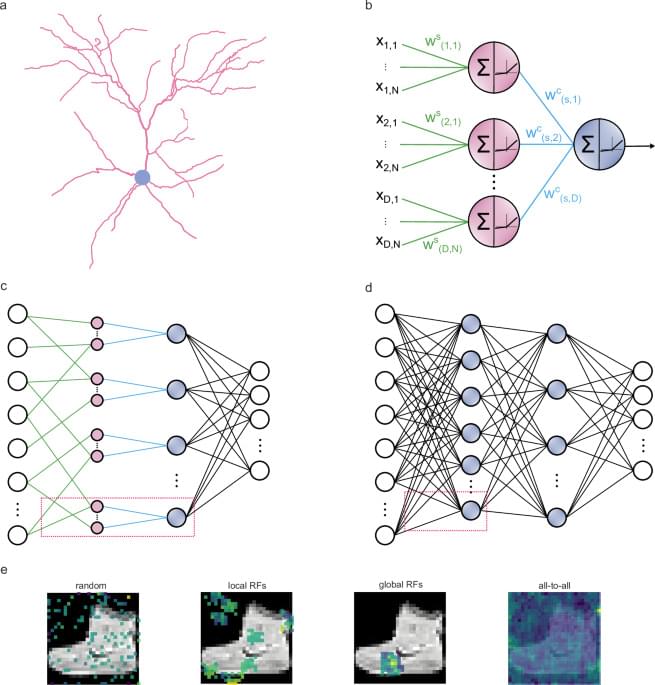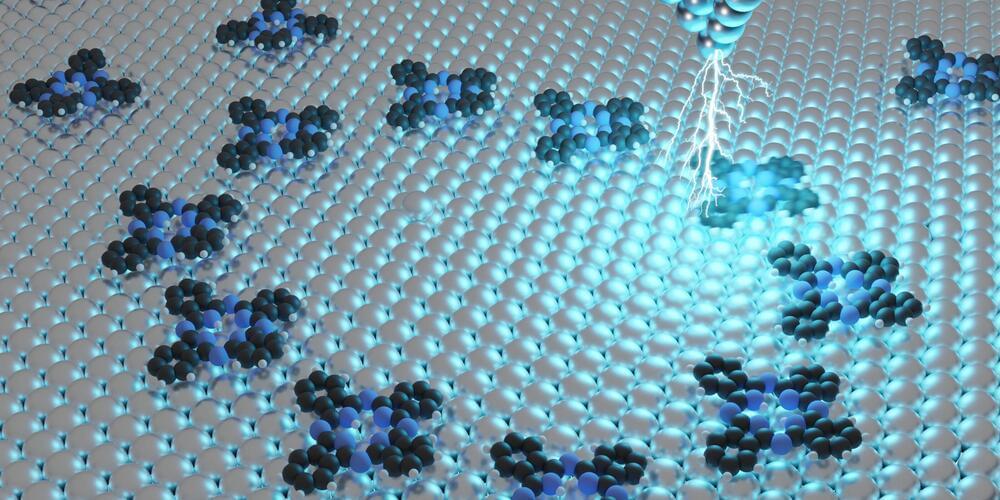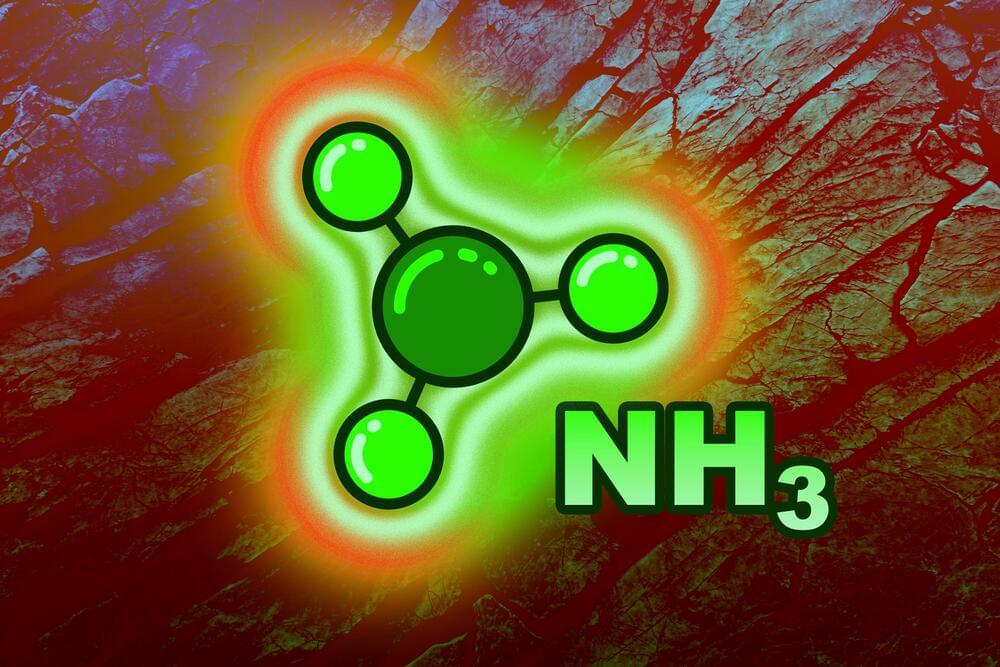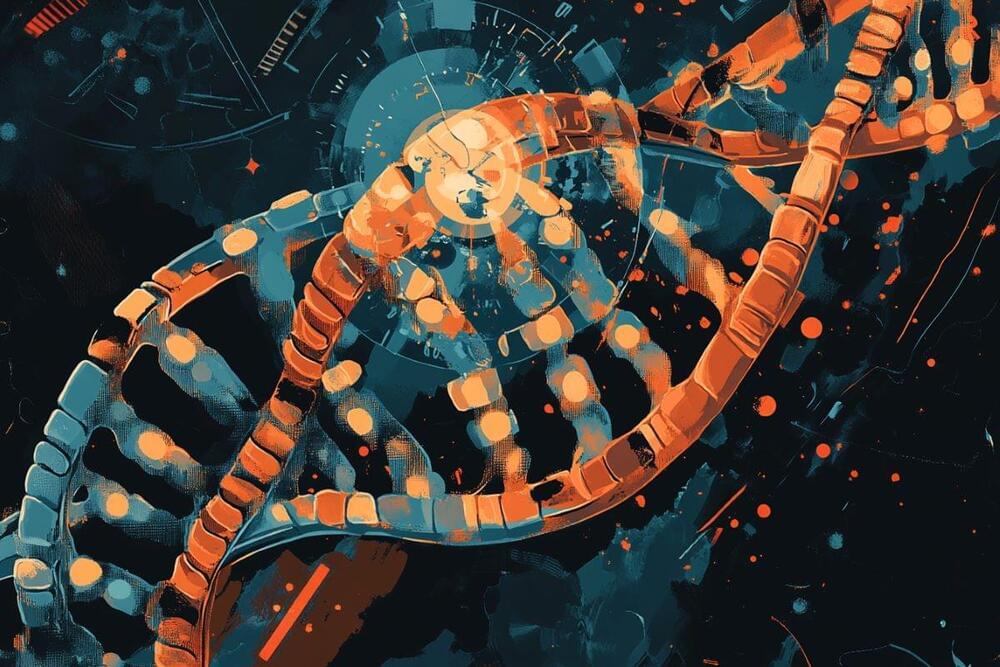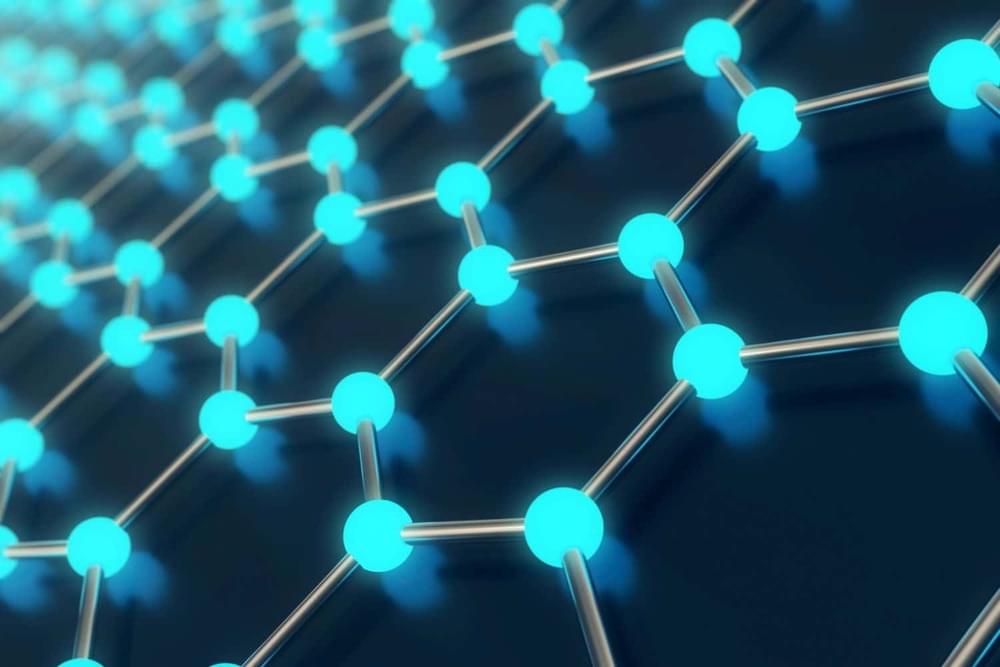Start building on Together AI at https://www.together.ai/berman and for a limited time unlock free access to Llama 3.2 and FLUX schnell model endpoints.
Join My Newsletter for Regular AI Updates 👇🏼
https://forwardfuture.ai.
My Links 🔗
👉🏻 Subscribe: / @matthew_berman.
👉🏻 Twitter: / matthewberman.
👉🏻 Discord: / discord.
👉🏻 Patreon: / matthewberman.
👉🏻 Instagram: / matthewberman_ai.
👉🏻 Threads: https://www.threads.net/@matthewberma…
👉🏻 LinkedIn: / forward-future-ai.
Media/Sponsorship Inquiries ✅
https://bit.ly/44TC45V
